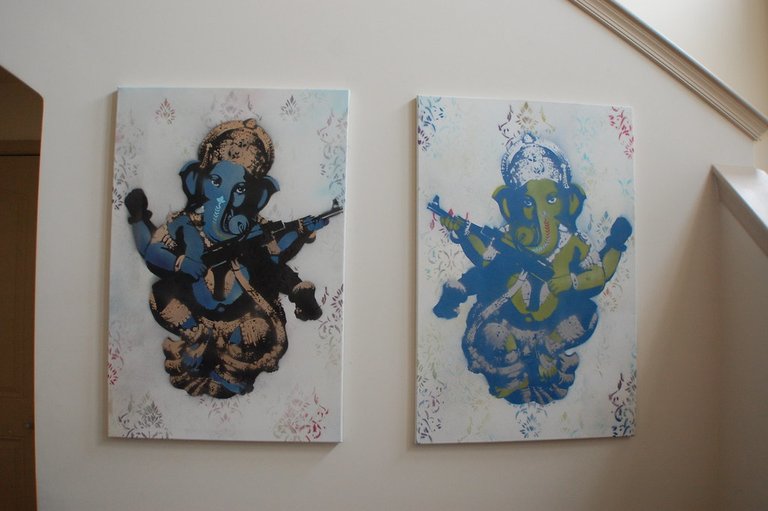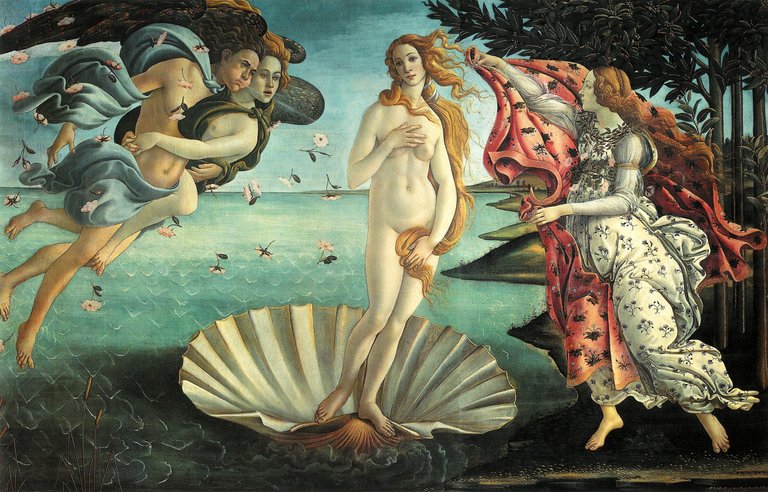Painting is part of life for the rich. They are willing to spend thousands or millions of dollars to purchase just one painting. They do not mind traveling across the world just to purchase an artwork, and will not mind spending a fortune to keep the art work safe but even with all this, they can sometimes end up purchasing a forgery which is usually a painting that isn't the real one but rather painted by a fake mimicking the brushing style of the real artist.
When people purchase art, they do all their best to ensure they are purchasing the fake and part of how they limit their chances of buying a fake is to check the style of the artist drawing, look into the history of the painting, or bringing people with trained eyes to identify the authenticity of the painting but these aren't the only way to find out if a painting is fake, science is also another way to identify if the painting is original or fake.
On the surface, we can tell if a painting is real or it is a fake and this is because paintings over time develop cracks which is known as craquelure. Craquelure happens over time when the painting has existed for a very long time and has changed hands over time. This is because most paintings are oil painting, and while the paint is a combination of a solvent and the color pigment, but the fluid evaporates over time leaving the oil to harden on the board and form a solid layer which binds the colors together but overtime, the solid layers begin to crack as a result of temperature and humidity.
Although people who want to sell fake also use fire to heat their paints to form a crack, it is completely different from the one that happens naturally but it cannot be identified with the naked eye but with better microscopy, and know how on how to identify craquelure, then it can be easy to identify one which was forced to have a crack and the one that came naturally.
While you are seeing the beautiful painting on the surface, there is more to it. Majority of paintings will usually have underdrawing and this tells the painter's mind but to be able to see this, infrared light and x-rays can be used to see beneath the surface painting. This is easy because with infrared reflectography, infrared can penetrate drawings to reach the canvas helping to detect the underdrawing which will usually not be in a forged one. USing X-radiography and Neutron activation, the underpainting is examined and in this case, if the underpainting is newer than a claimed older painting, then it is fake because the older painting is suppose to be older than the newer one on top. Because paints are a combination of chemicals both organic and synthetic and different artists use different types of paints that can be broken down into smaller components by mass and analyzed through mass spectrometry where carbons both heavy and light can be identified, and this allows artist to be able to carbon date the image, identifying how old the painting is checking for carbon-14 which is radioactive and carbon-12. It can also be used to identify other individual molecules dating back to the time of the painting being painted. When next you pass through a museum, be sure that real and careful painters will do their due diligence to be certain if a painting is real or fake and so will curators do as well. So when next you hear a news of a fake painting, look into how they found out it was a forgery.
flickr
https://www.livescience.com/43178-nuclear-bomb-forged-painting.html
https://studentguides.britishart.yale.edu/infrared-reflectography
https://www.artic.edu/about-us/departments/conservation-and-science-2
https://www.nationalgallery.org.uk/paintings/glossary/infrared
https://www2.chemistry.msu.edu/faculty/reusch/virttxtjml/spectrpy/massspec/masspec1.htm
https://epjqt.epj.org/images/stories/news/2014/epj_plus_02-02-14.pdf

Thanks for your contribution to the STEMsocial community. Feel free to join us on discord to get to know the rest of us!
Please consider delegating to the @stemsocial account (85% of the curation rewards are returned).
Thanks for including @stemsocial as a beneficiary, which gives you stronger support.